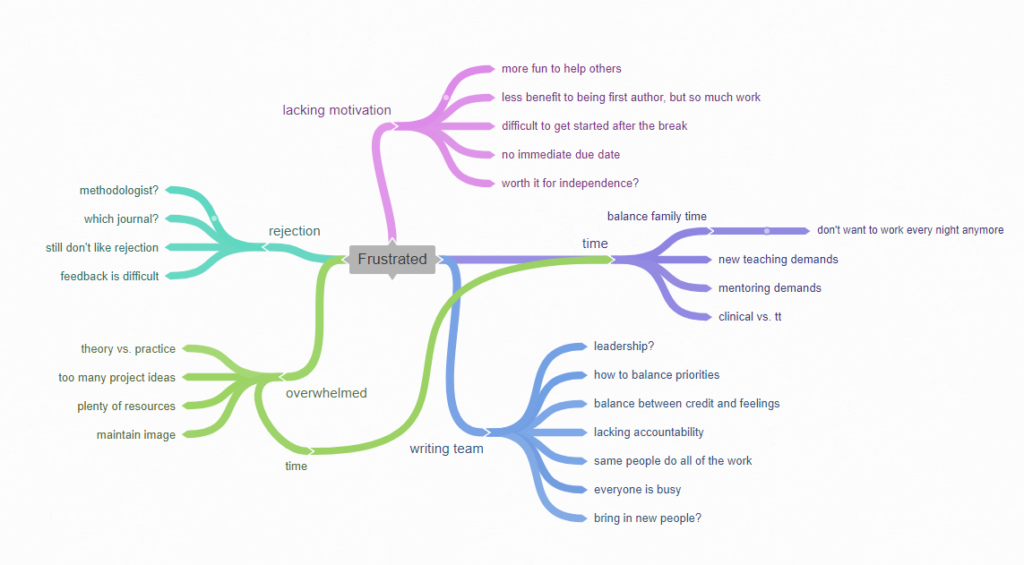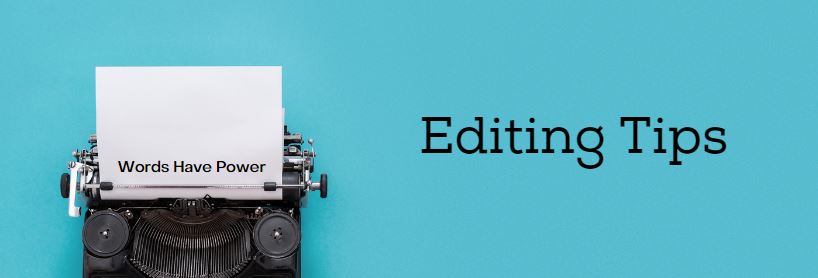Bit #32 – Identify Your Writing Distractions
As we continue to refine your writing BASE (behavioral, artisanal, social, emotional), today we will hit on a key factor in strengthening your writing behaviors – minimizing distractions.
Distractions rob us of our writing productivity. If you can learn to minimize distractions, your writing habits will increase tremendously.
Let’s start today!
- Make a table with two columns.
- Label the first column distractions and make a list of all the common distractions you face daily when writing (e.g., checking emails, motivation, people, etc.).
- Label the second column solutions and brainstorm a solution for each distraction you listed. You may not have a solution to each one but be creative and resourceful.
- Get a post-it note or something you can put up as a reminder. Write something on the post-it note that will remind you to focus. Put the post-it note somewhere you will see it when you are writing (the bottom of your monitor is a good place). Then, every time you see that note, it will remind you to stay focused.

Here is mine…

While it takes practice to remove all distractions when writing, it is possible. Recognizing what your distractions are is a great start.
Set a goal this week to work on one of the solutions you identified on your table.





























